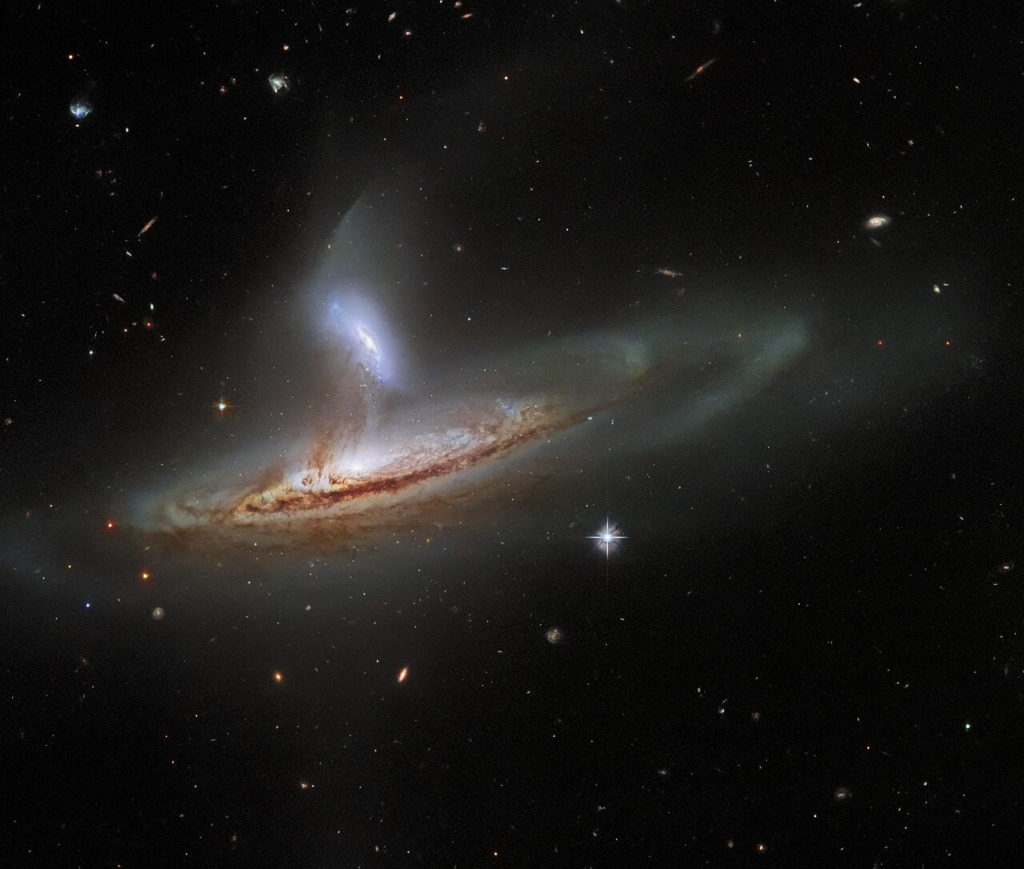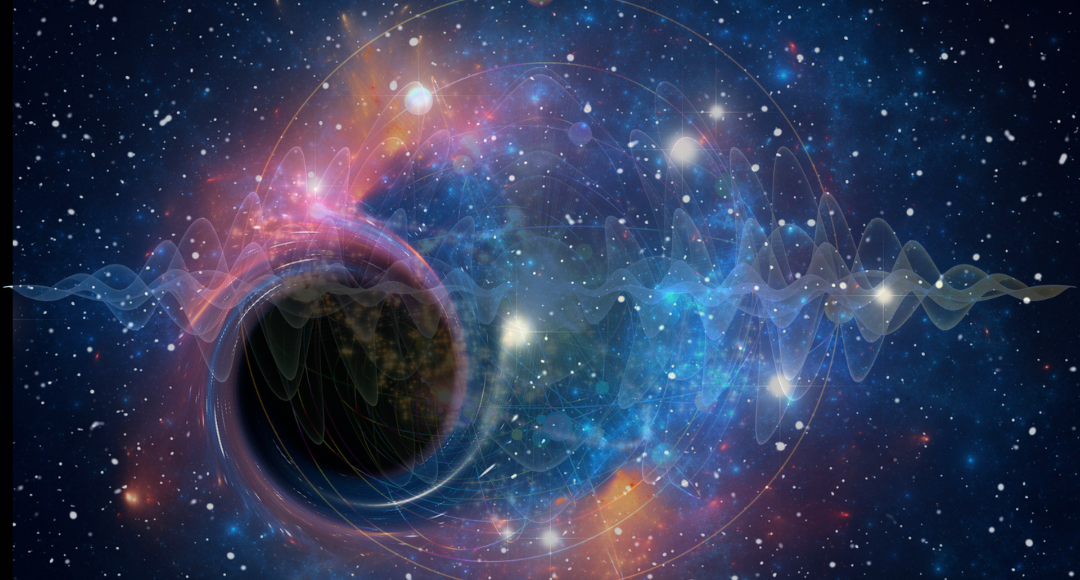Hubble Telescope Captured Image of 2 Interacting Galaxies

The Hubble Space Telescope, which has already contributed the human civilization with unprecedented approach to the outer space, has captured yet another cosmic view of an incredible three-dimensional-looking image of two interacting galaxies on the verge of a cosmic draw.

The image has been released by the European Space Agency (ESA). The image shows an interacting galaxy pair named Arp 282 that is composed of Seyfert galaxy NGC 169(bottom) and the galaxy IC 1559(top).
ESA said that both of the galaxies comprising Arp 282 have monumentally energetic cores, known as Active Galactic Nuclei (AGN), although it is difficult to tell that from this image.
Astronomers widely accept that an important aspect of how galaxies evolve is the way they interact with one another. They say galaxies can merge, collide, or brush past one another — each of which has a significant impact on their shapes and structures. And the image captured by the Hubble shows the interaction between two galaxies and the tidal forces at play.
According to astronomers, galactic collisions are one of the biggest cosmic events in the universe. These events lead to a massive surge in energy.
The agency writes in a statement with the picture, “Tidal forces occur when an object’s gravity causes another object to distort or stretch. The direction of the tidal forces will be away from the lower-mass object and towards the higher mass object”.
ESA further added that when two galaxies interact, gas, dust and even entire solar systems will be drawn away from one galaxy towards the other by these tidal forces. This process is visible in the image with streams of matter formed that is linking the two galaxies.
As mentioned by astronomers, the two interacting galaxies in the image are Seyfert galaxy NGC 169 (bottom) and the galaxy IC 1559 (top). NGC 5728 is a spiral galaxy located around 130 million light-years from Earth. NGC 5728 is also a monumentally energetic type of galaxy that is powered by its active cores.
In the past, astronomers said that NGC 5728’s core might actually be emitting some visible and infrared light — but it might be blocked by the dust surrounding the galaxy’s core.


